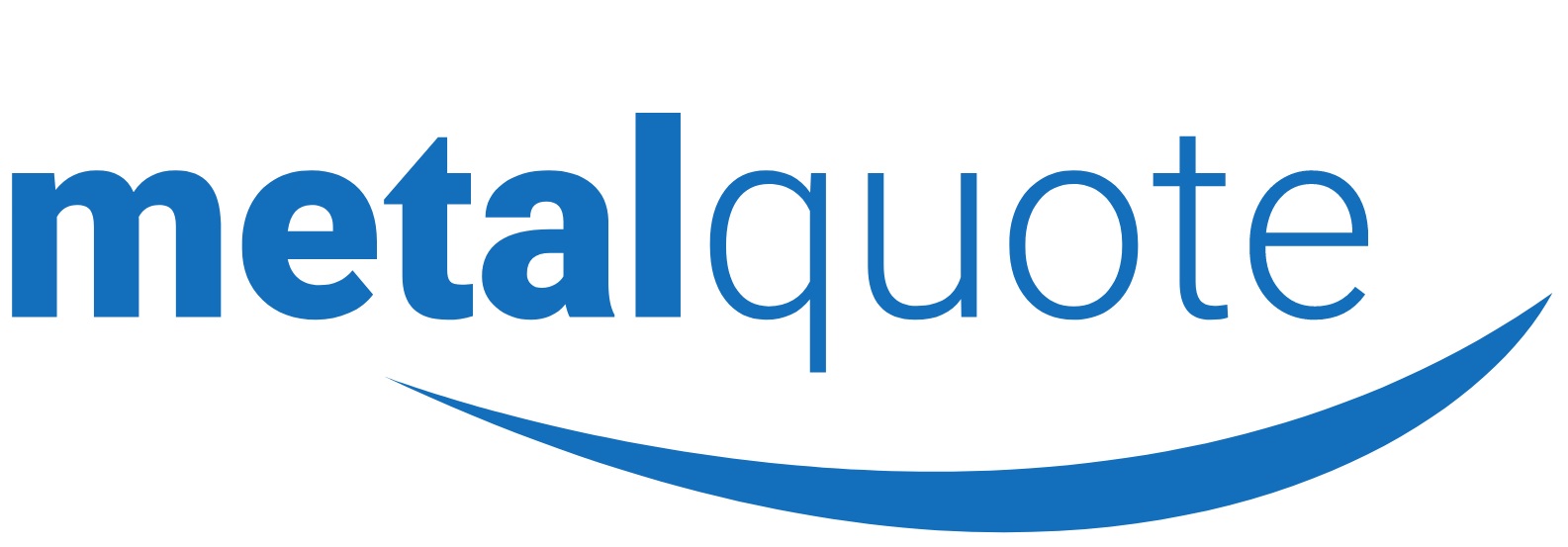LONDON, Dec 29 (Reuters) – China’s war on polluting industries, its supply reforms and robust demand growth have this year combined to create a bonanza for copper and aluminium which are heading for their biggest rises since the turn of the decade. However, prices slid on Friday as traders and funds took profits and squared their books ahead of the year end. Benchmark copper was down 1.4 percent at $7,188 a tonne at 1300 GMT, but prices of the metal used in power and construction have gained 30 percent so far this year and are holding near 4-year peaks. Aluminium slipped 1.2 percent at $2,257, but is up about 33 percent so far this year. Earlier in December, prices of the metal used in transport and packaging touched $2,284.75, a level last seen in March 2012. “China will again next year play a critical part in what happens to industrial metals. Capacity cuts and solid demand next year mean we are optimistic,” said Christoph Eibl, chief executive at Tiberius Asset Management. “We are seeing more investors come back into the commodity space, it’s a very constructive picture.” China is the world’s largest consumer of industrial metals, accounting for nearly half of global copper and aluminium demand estimated at around 23 million tonnes and 62 million tonnes respectively for next year. A major trigger for copper came after China proposed a ban imports of scrap metal from the end of next year, fuelling expectations it would import more refined metal and products. Recently as the market started to look ahead to 2018, jitters about supply disruptions emerged, giving copper another boost. Analysts at Citi say there are over 30 labour contracts, covering around five million tonnes of mine supply, due to expire next year, most of them in Chile and Peru. “We expect copper demand growth will remain solid on the back of stronger global growth, and that China will support its ”old-economy“ growth engine with a notable first quarter 2018 credit impulse,” Citi analysts said in a note. Aluminium’s story has mainly been about output cuts in top producer China, which clamped down on unauthorised aluminium capacity and older more polluting smelters. China’s war on smog has also meant output cuts during the winter months, starting in November. But in recent weeks concern about aluminium demand and surpluses in China have been fuelled by rising inventories in warehouses monitored by the Shanghai Futures Exchange, at a record above 750,000 tonnes. China’s tough environmental stance also underpinned expectations of zinc shortages created by mine closures and the idea of it importing more of the metal used to galvanise steel. Zinc was down 0.6 percent at $3,282. It is up 27 percent so far this year after a 60 percent gain last year. “The global zinc market is likely to remain in deficit in the years to come, as new mined supply and restarts are unable to offset previous capacity closures,” analysts at National Australia Bank said in a note. Tight supplies has seen stocks of zinc in LME approved warehouses fall 70 percent since September 2015 to around 180,000 tonnes, a fraction of global demand estimated at 14 million tonnes. Lead at $2,500 a tonne is up 24 percent so far this year, the largest gain since 2009. Prices hit six-year highs of $2,620.50 in October due to seasonally strong demand from battery makers, tight supplie due to mine shutdowns and dwindling inventories. Nickel at $12,295 is up about 22 percent this year, while tin at $19,820 has ceded 6 percent.

